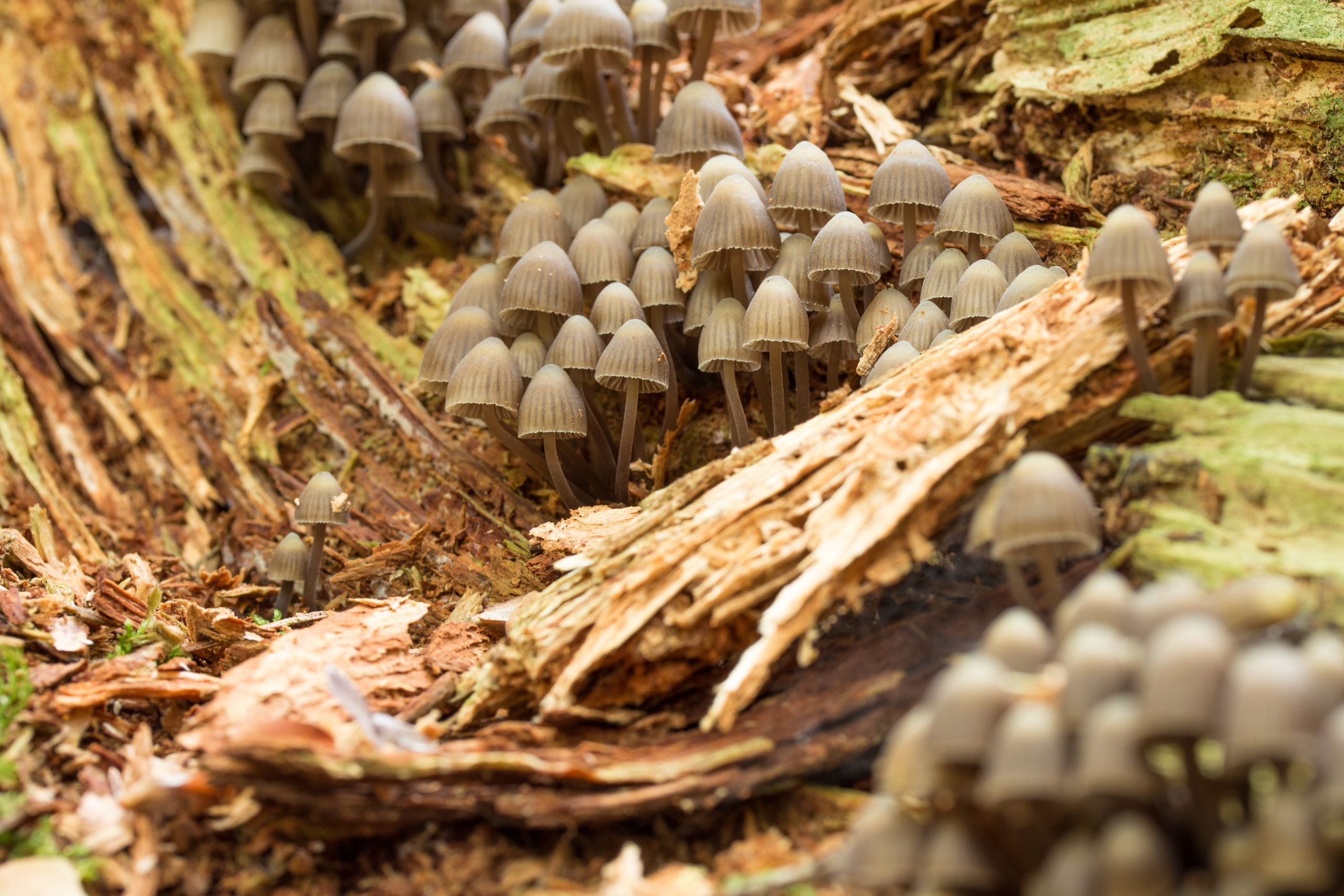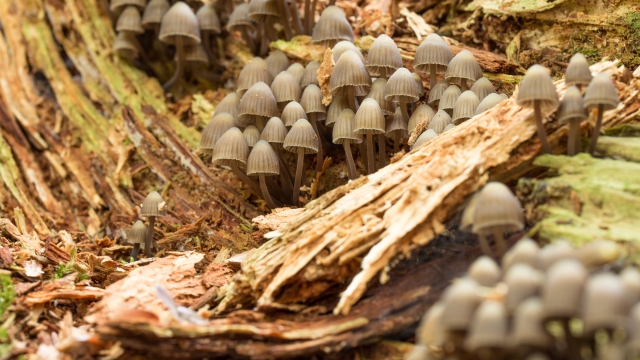
Mushroom growing, also known as mushroom cultivation, is a fascinating and rewarding practice that allows individuals to become fungi farmers in their own right. With centuries-old techniques refined over time, this skill has become increasingly popular in recent years as people discover the multitude of benefits that come from growing their own mushrooms. From the joy of witnessing the miraculous transformation of tiny spores into bountiful clusters, to the nutritional advantages and unique flavors offered by different mushroom varieties, there is much to uncover in the world of mushroom cultivation. Whether you’re a cooking enthusiast looking to elevate your culinary creations or simply seeking a new, green-fingered hobby, mushroom growing holds boundless secrets waiting to be unlocked. So, roll up your sleeves and join us on a journey into the enchanting realm of fungi cultivation.
Types of Mushrooms
In the world of mushroom growing, there are countless varieties to explore. Each type of mushroom brings its own unique flavors, textures, and aromas to the table. Whether you are a novice or a seasoned fungi farmer, here are three popular types of mushrooms that you should consider cultivating:
-
Button Mushrooms: These familiar and versatile mushrooms are commonly found in grocery stores and are perfect for beginners. With their mild flavor and firm texture, button mushrooms are an essential ingredient in many dishes. They are highly adaptable to different growing conditions, making them a reliable choice for mushroom enthusiasts of all levels.
-
Shiitake Mushrooms: Widely known for their smoky and rich flavor, shiitake mushrooms are a favorite among chefs and food lovers alike. These mushrooms have a meaty texture and are commonly used in stir-fries, soups, and sauces. Cultivating shiitake mushrooms requires specific conditions, such as hardwood logs or sawdust, but their distinct taste makes it worth the extra effort.
-
Oyster Mushrooms: With their delicate, velvety texture and a subtle yet slightly fruity flavor, oyster mushrooms are a delight to have in any kitchen. They come in a variety of colors, including white, pink, and yellow, which adds an aesthetically pleasing touch to culinary creations. Oyster mushrooms are relatively easy to grow, making them a great choice for beginners or those looking to diversify their mushroom selection.
By exploring the different types of mushrooms available, you can embark on a fascinating journey of mushroom cultivation. Remember, each variety has its own unique requirements, so be sure to research and provide the best growing conditions for your chosen type. Happy mushroom farming!
The Cultivation Process
Selecting the Mushroom Species
Before embarking on the journey of mushroom growing, it is essential to carefully choose the mushroom species that you want to cultivate. Different types of mushrooms require different growing conditions and substrates. Some popular choices among mushroom cultivators include shiitake, oyster, and white button mushrooms. Each species has its own unique characteristics and flavor profile, so selecting the right species is crucial for a successful mushroom growing venture.
Preparing the Substrate
Once you have decided on the mushroom species, the next step in the cultivation process is preparing the substrate. The substrate serves as the food source for the mushrooms and is typically made up of organic materials such as straw, sawdust, or wood chips. The substrate needs to be properly sterilized to eliminate any unwanted bacteria or fungi that could compete with the desired mushroom mycelium. Sterilization can be achieved through various methods such as heat treatment or chemical sterilization.
Inoculation and Incubation
After the substrate is prepared and sterilized, it is time for the crucial step of inoculation. Inoculation involves introducing the mushroom mycelium, which is the vegetative part of the fungus, into the substrate. This can be done by adding spawn, which is essentially a mass of mycelium grown on a suitable substrate. The spawn acts as a seed, spreading the mycelium throughout the substrate. Once the inoculated substrate is prepared, it is placed in a controlled environment with optimal temperature and humidity for the mushrooms to grow. This stage is known as incubation, where the mycelium colonizes the substrate and establishes itself before the fruiting process begins.
Remember, successful mushroom growing requires attention to detail and patience. The cultivation process can be complex, but with proper research and knowledge, you can unlock the secrets of mushroom cultivation and enjoy the rewards of growing your own delicious mushrooms.
Tips for Successful Mushroom Growing
-
Choose the Right Growing Medium
Selecting the appropriate growing medium is crucial for successful mushroom cultivation. Different mushroom varieties thrive on different substrates such as hardwood, straw, or compost. Research the specific requirements of the mushrooms you plan to grow and ensure you have the appropriate growing medium prepared. -
Maintain Proper Temperature and Humidity Levels
Creating the ideal environment for your mushroom farm is vital. Most mushrooms grow best at temperatures between 55 to 65 degrees Fahrenheit (13 to 18 degrees Celsius). Additionally, maintaining optimal humidity levels, typically between 70 to 90%, is essential for the proper growth and development of mushrooms. Invest in a humidity monitor to keep track of humidity levels accurately. -
Provide Sufficient Air Circulation and Light
While mushrooms don’t require direct light for growth, they do need sufficient air circulation. Proper air exchange promotes healthy mushroom development and helps prevent contamination. Additionally, indirect light or low-intensity artificial lighting can aid in mushroom formation. Keep in mind that excessive light exposure can inhibit mushroom growth, so striking the right balance is important.
Remember, each mushroom variety can have its own specific needs, so be sure to consult reliable sources and guides to ensure you have the most accurate information for successful mushroom cultivation. Happy farming!
